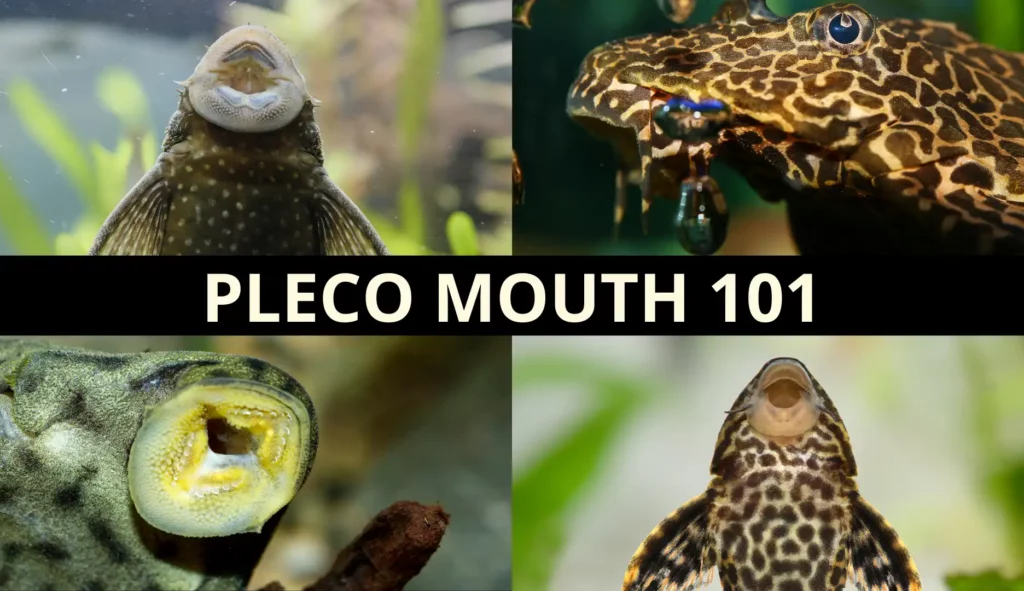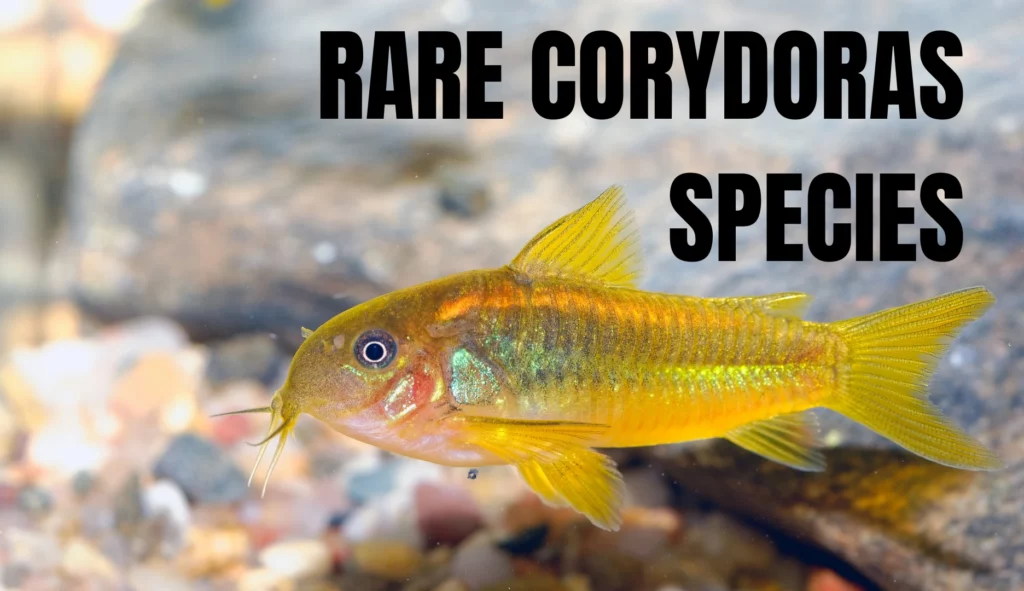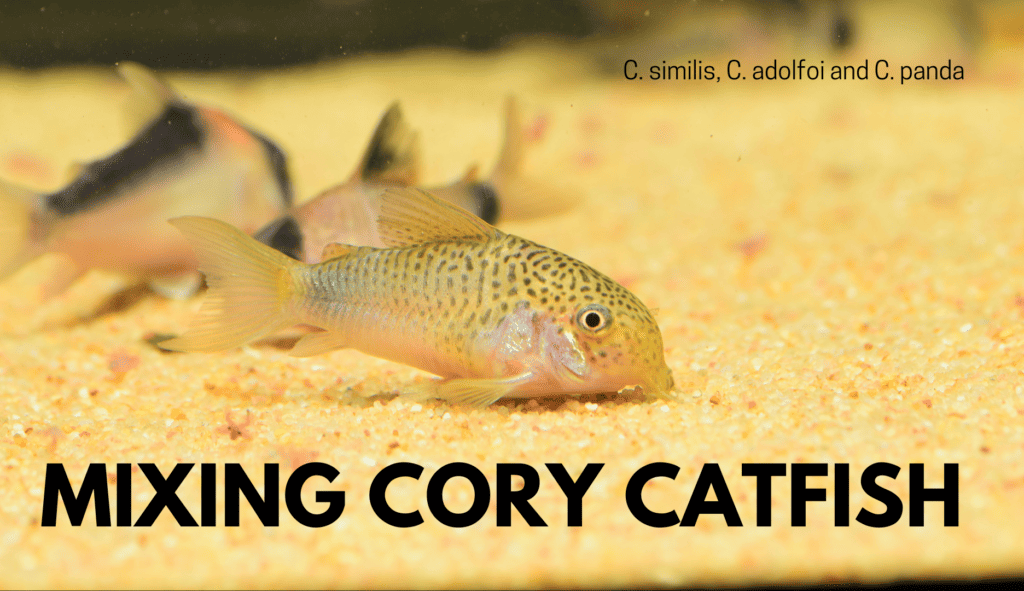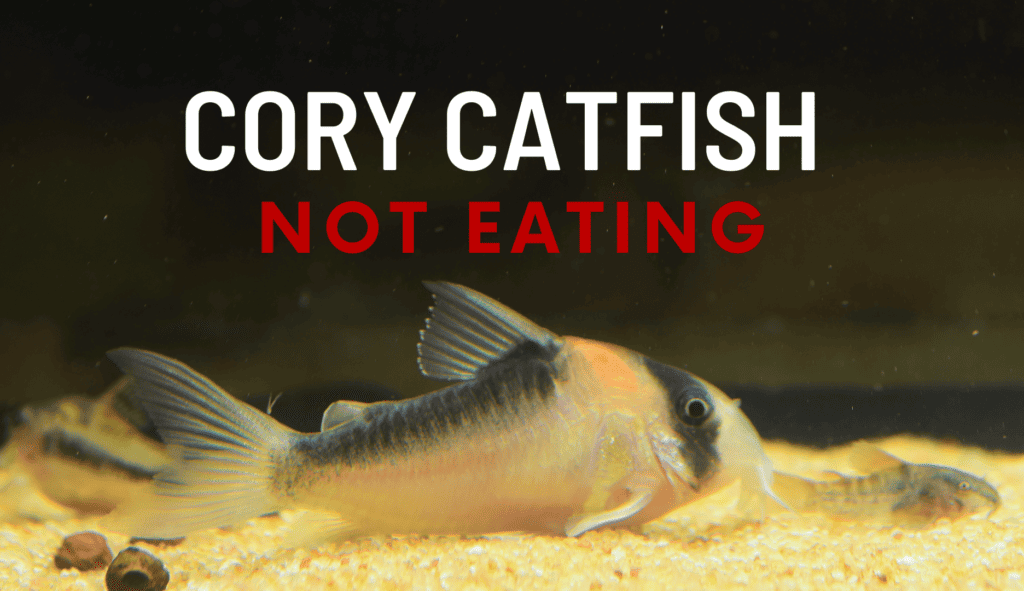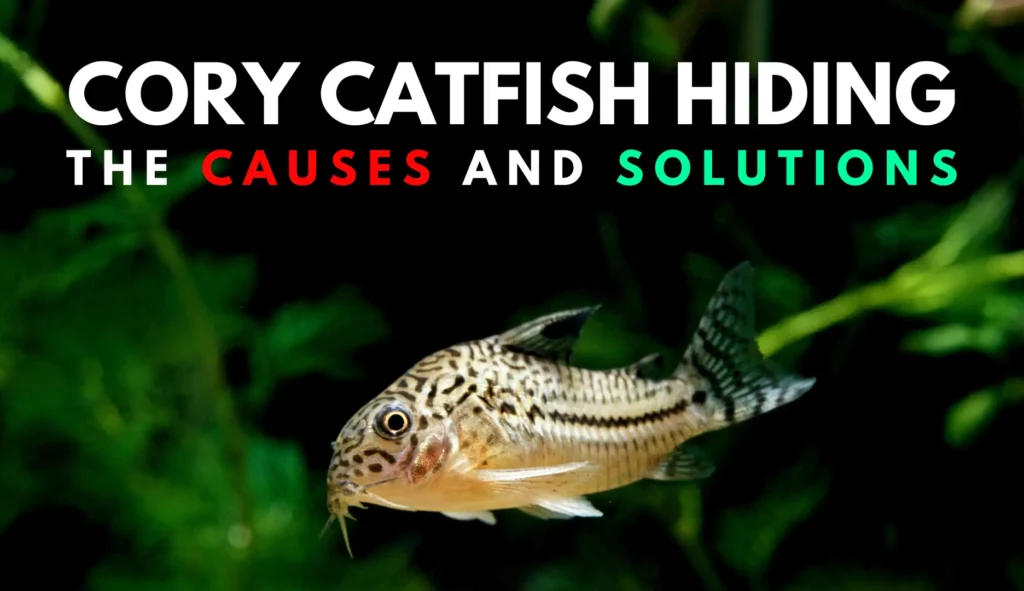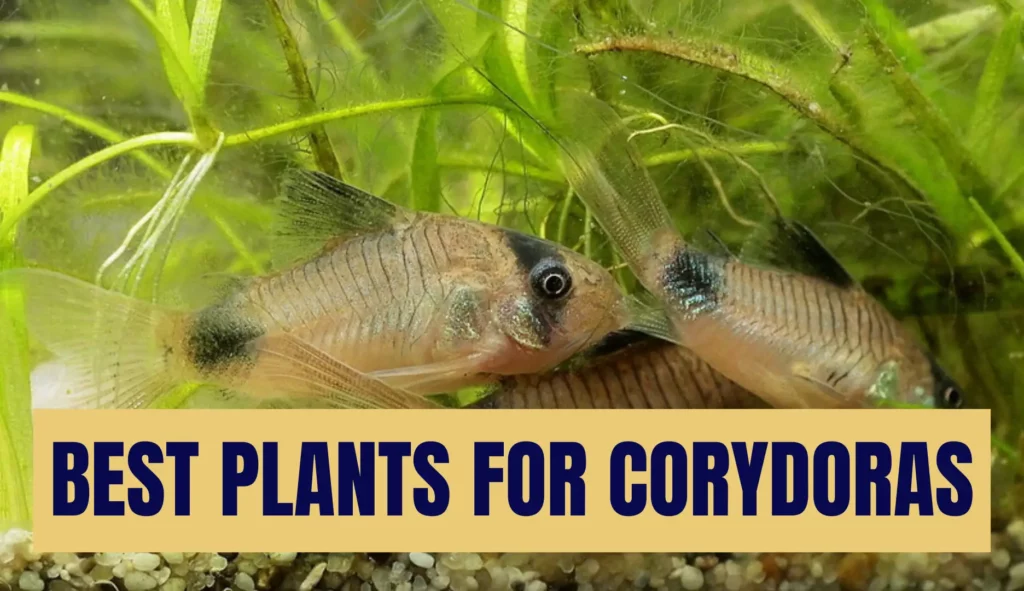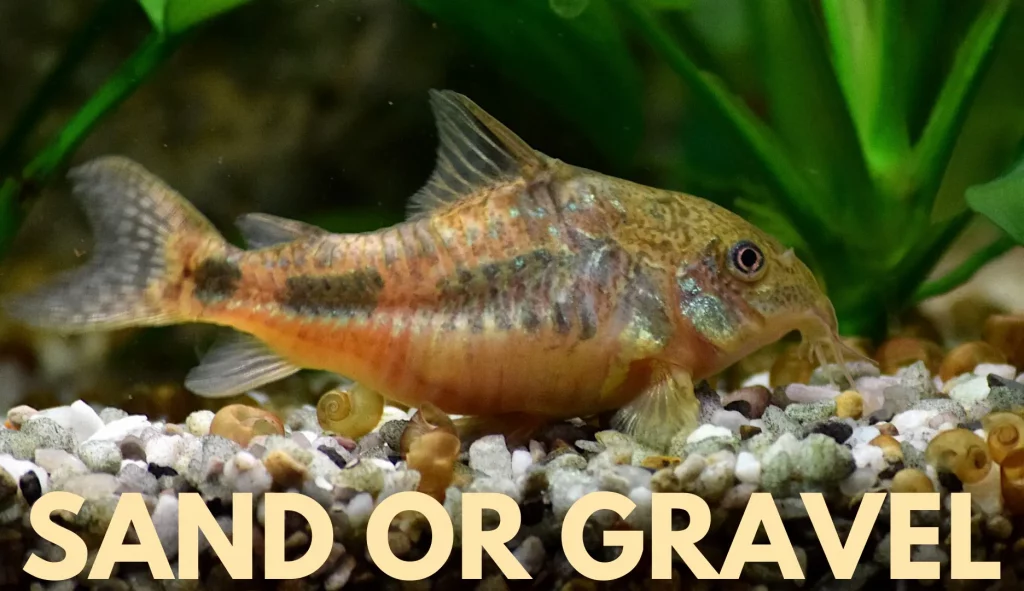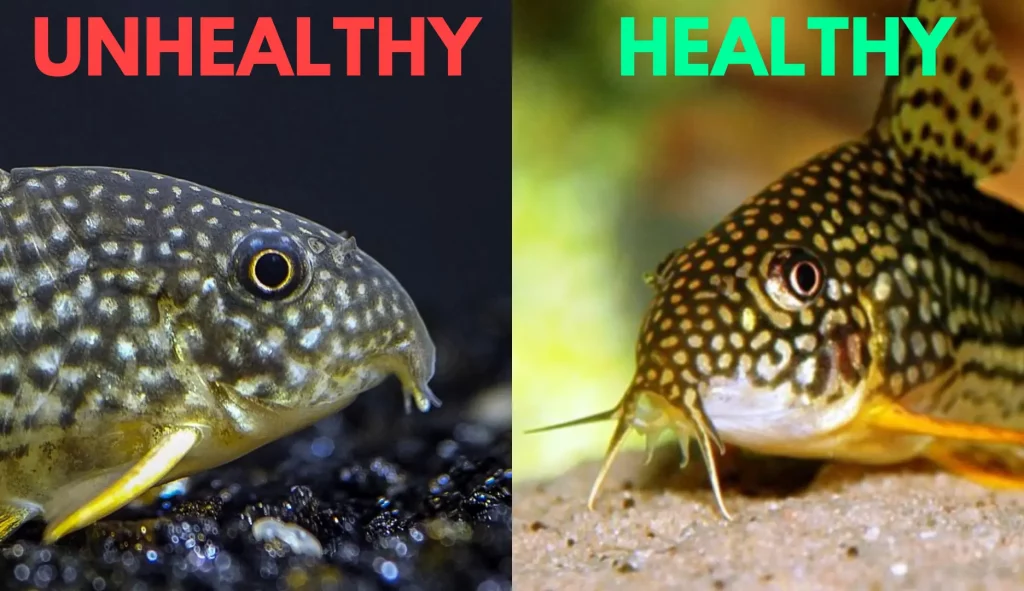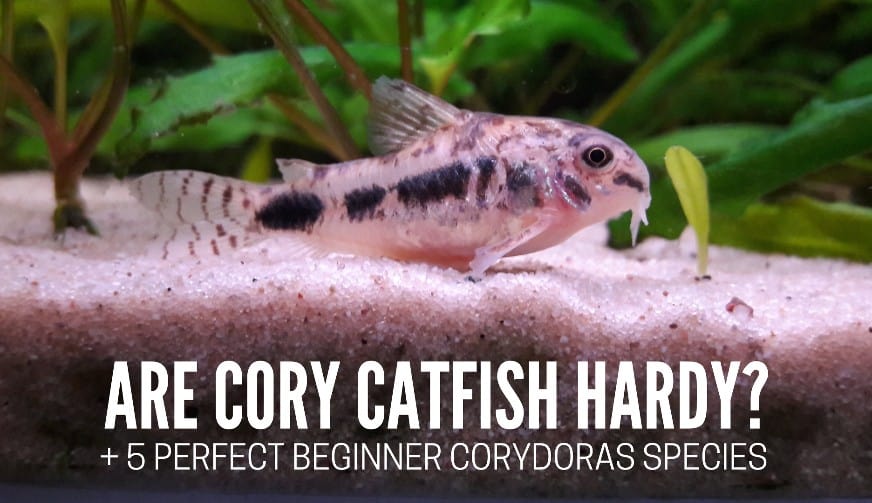If you have a pleco fish in your tank, you’ve probably noticed its powerful and unique mouth.
Do you know how a pleco’s mouth works and the different diseases that can affect a pleco’s mouth or what the anatomy of this part of the body is like?
This article will explore what you need to know about pleco mouths!
Different types of pleco mouth
Plecos are fish that have a great diversity of species.
Among the many species, each genus (the group where sister species are grouped) has different adaptations: the mouth is one of the most essential ones.
An essential aspect is that plecos have powerful and muscular mouths, capable of keeping them adhered to hard surfaces even in strong water currents.
This characteristic is helpful for the survival of these fish in nature, as it also allows them to obtain food efficiently.
Difference in herbivoras and carnivores
Within the aquarist nomination, we use herbivores and carnivores as a basis to explain the different mouths of pleco fish.
Herbivorous plecos have a mouth adapted for scraping and shredding surfaces with algae, biofilm, and vegetables in general.
These mouths are wide and flat, with “V” shaped teeth that help to scrape and grind food.

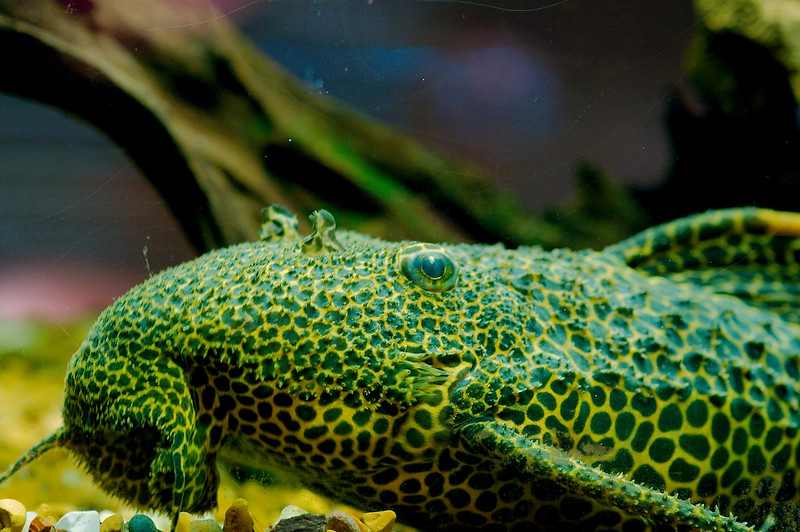
A scientific look at the pleco mouth
In the case of Plecos, at a scientific level, the different species are not only classified as herbivores or carnivores.
Each group, even at the species level, has a specialized diet for the place where these fish live.
The different feeding habits could be scraping rocks, siphoning the substrate, or pulling in smaller prey.
The shape of the mouth is an essential characteristic for the classification and systematization of fish, especially the plecos.
The structure of the mouth can be used to identify different species and subspecies, as well as determine their taxonomic group and their evolutionary relationships.
The adaptation of the mouth to different types of food is influenced by evolution, natural selection, and the environment in which the fish lives.
In addition, the shape of the mouth can affect the fish’s behavior, such as how they forage for food and interact with other fish.
Pleco mouth diseases
Plecos mouth diseases are relatively common in aquariums and can be caused by many factors, including infections and trauma.
The different ailments that affect these fish diseases can cause symptoms such as swelling, redness, ulcerations, lack of appetite, and difficulty feeding.
Some of the more common mouth ailments of plecos include:
Bacterial infections
Mouth ulcers
Tumors
Parasites
Parasites can also settle in fish mouths, causing irritation and inflammation. They can be hard to detect and treat and must be treated accordingly.
To prevent and treat pleco mouth disease, you must maintain the good water quality in the aquarium, avoid stressing the fish, and provide a balanced, healthy diet.
If suspecting that the pleco is suffering from any problem in the mouth, you must seek the help of a veterinarian or an aquarium specialist for proper diagnosis and treatment.
Pleco mouth fungus
Fungal infections are one of the types that can affect the plecos.
Different fungi species, including the genus Saprolegnia and Achlya can cause fungal infection in the fish mouth.
Symptoms include white or gray patches in the mouth, which can spread to other parts of the fish’s body. The mouth may swell, and the lips may divide, exposing the mouth and teeth.
The most common cause of fungal infection in the mouth of plecos is stress. Stress can be caused by poor water quality, overcrowding, lack of space, poor nutrition, or other illnesses.
Stress weakens a fish’s immune system, making it more susceptible to disease and infection.
Treating a fungal infection in the mouth of plecos involves removing stressors, maintaining good water quality, and using antifungal medications (which should be prescribed by a veterinarian or specialist).
It’s vital to follow the manufacturer’s instructions for the proper medication use.
Providing adequate nutrition is an important part of treating infections. In the case of fungal diseases in the mouth, the use of a hospital aquarium is essential to ensure that plecos are properly treated.
Always remember that prevention is the best way to avoid fungal infection in the mouth of plecos.

